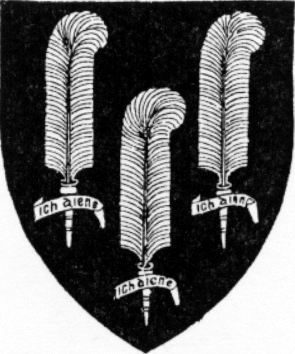Recommended Posts
QuoteAs we know, the erratic nature of wind and solar energy don't make it possible to rely on them without storing the energy, which of course is difficult to do.
But at hydroelectric dams, it is relatively easy to store the power, and what it takes to recover that power is already in place. We should be using solar and wind to pump water that is in the river below the dam, pump it back up to the lake above the dam. Many dams don't operate at full capacity because of a lack of water above the dam, so this would increase the possible flow through the hydroelectric generators. The infrastructure to distribute that power to the masses is already there. Many dams are in windy canyons and in sun-drenched areas. Whenever the solar cells or wind mills can pump water, they can store the energy.
It may not be a huge impact on our total energy needs, but it seems like a better application than some other proposals.
Of course, we're using (fresh) water at an unsustainable rate too.



But at hydroelectric dams, it is relatively easy to store the power, and what it takes to recover that power is already in place. We should be using solar and wind to pump water that is in the river below the dam, pump it back up to the lake above the dam. Many dams don't operate at full capacity because of a lack of water above the dam, so this would increase the possible flow through the hydroelectric generators. The infrastructure to distribute that power to the masses is already there. Many dams are in windy canyons and in sun-drenched areas. Whenever the solar cells or wind mills can pump water, they can store the energy.
It may not be a huge impact on our total energy needs, but it seems like a better application than some other proposals.
Share this post
Link to post
Share on other sites